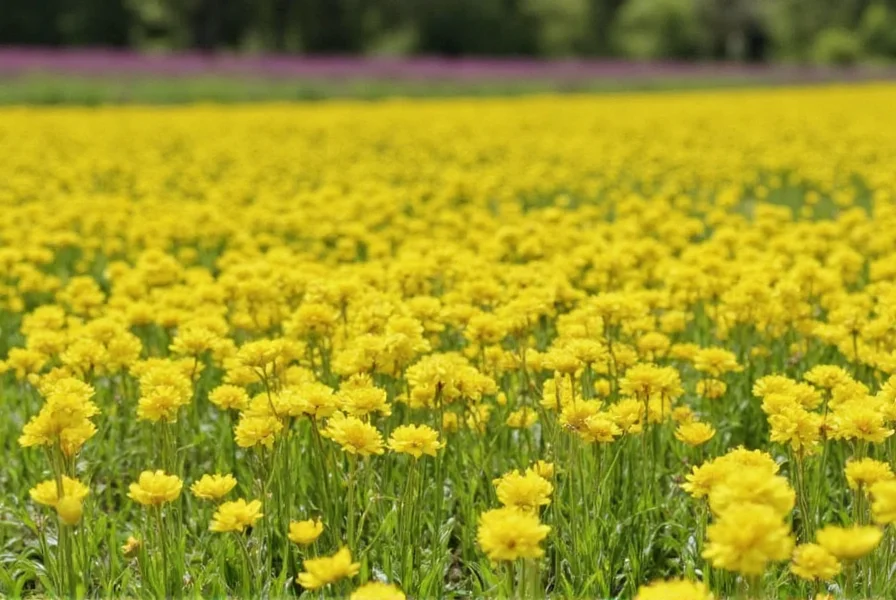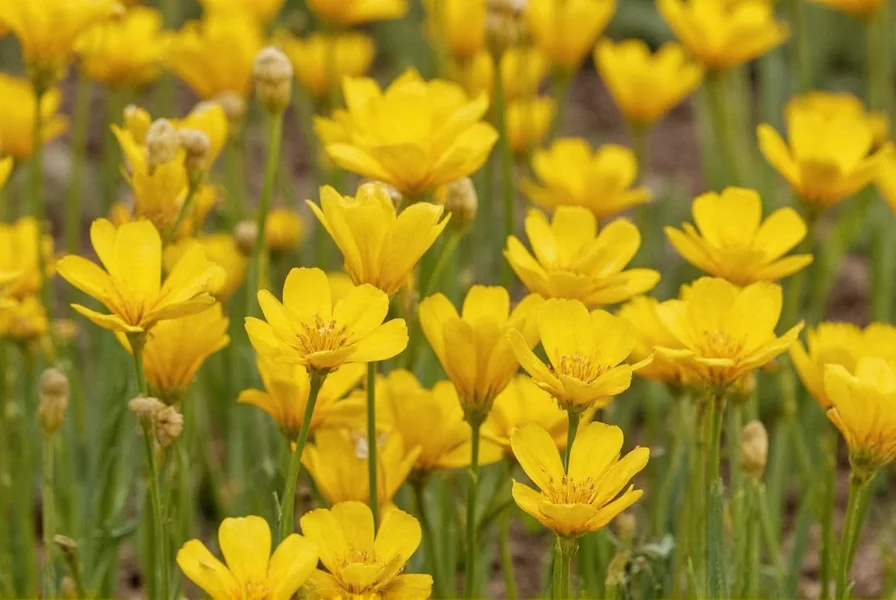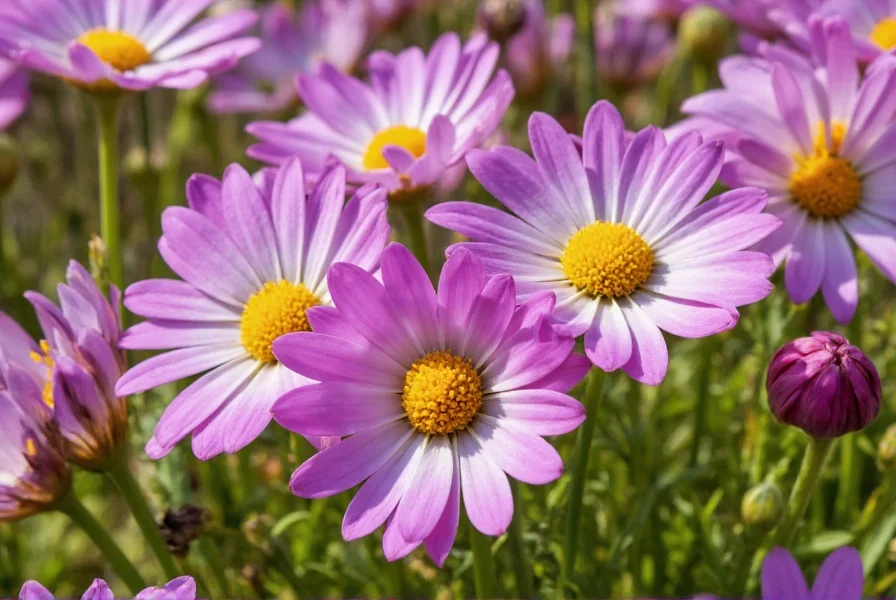Understanding Kesar: The Saffron Crocus
Saffron, known as kesar in South Asia, comes from the Crocus sativus flower. This precious spice requires specific growing conditions but can be cultivated successfully with proper technique. Each saffron thread is actually the dried stigma of the crocus flower, making it one of the most labor-intensive crops to harvest. Understanding how to grow kesar begins with recognizing its unique biological requirements.
Climate Requirements for Successful Kesar Cultivation
Saffron crocus thrives in regions with distinct seasonal changes. The ideal climate features hot, dry summers that allow the corms to remain dormant, followed by cool, wet autumns that trigger flowering. Mediterranean climates prove most suitable, but gardeners in other regions can adapt techniques for successful kesar growth.
| Climate Factor | Optimal Range | Tolerance Limits |
|---|---|---|
| Summer Temperature | 85-100°F (29-38°C) | Below 70°F delays dormancy |
| Fall Temperature | 60-70°F (15-21°C) | Above 75°F reduces flowering |
| Annual Rainfall | 15-25 inches (38-64 cm) | Excess moisture causes rot |
| Frost Exposure | Moderate | Severe frost damages flowers |
Soil Preparation for Kesar Planting
Proper soil preparation represents one of the most critical steps in how to grow kesar successfully. The crocus requires excellent drainage to prevent corm rot while maintaining enough moisture for growth. Sandy loam soil with 20-30% organic matter provides ideal conditions. Test your soil pH before planting—kesar prefers slightly alkaline conditions between 6.0 and 8.0.
Amend heavy clay soils with coarse sand and compost to improve drainage. For container growing, use a mix of potting soil, perlite, and sand in equal proportions. Raised beds 8-12 inches high help ensure proper drainage in areas with heavier rainfall. Work amendments into the top 12 inches of soil before planting.
Selecting and Planting Saffron Corms
Quality corms determine your harvest success when learning how to grow kesar. Choose plump, firm corms approximately 1-2 inches in diameter with no signs of mold or damage. Larger corms typically produce more flowers. Purchase from reputable suppliers specializing in saffron crocus to ensure proper variety.
Plant corms in late summer (July-August in Northern Hemisphere) to allow root development before flowering. Space corms 6 inches apart in rows 12 inches apart. Plant at a depth of 4-6 inches—deeper in sandy soils, shallower in clay. Position corms with the pointed end facing upward. Water thoroughly after planting, then wait until sprouts appear before watering again.

Watering and Maintenance Schedule
Water management proves crucial in kesar cultivation. After initial planting, maintain slightly moist (not wet) soil conditions. Reduce watering during summer dormancy. Increase watering when foliage appears in fall, but avoid overwatering which causes corm rot. During flowering season, consistent moisture supports better bloom production.
Fertilize sparingly—excessive nitrogen promotes leaf growth at the expense of flowers. Apply balanced organic fertilizer (5-10-10) at planting time and again when foliage emerges. Avoid high-nitrogen fertilizers which reduce flower production. Mulch with straw or pine needles to regulate soil temperature and moisture.
Pest and Disease Prevention Strategies
Saffron crocus generally resists most pests, but proper management prevents potential issues. Rodents sometimes dig up corms—use wire mesh barriers around planting areas. Fungal diseases like corm rot occur in poorly drained soils—ensure excellent drainage and rotate planting locations every 3-4 years.
Watch for botrytis (gray mold) during wet flowering periods. Remove affected flowers immediately and improve air circulation. Avoid overhead watering during bloom season. Natural predators like ladybugs help control aphids if they appear. Healthy, vigorous plants demonstrate greater resistance to pests and diseases.
Harvesting Saffron: Timing and Technique
Harvesting represents the most labor-intensive aspect of growing kesar. Flowers bloom for only 1-2 weeks in fall, typically October. Pick flowers early each morning when fully open but before the sun wilts them. Handle blooms gently to avoid damaging the delicate stigmas.
Immediately remove the three red stigmas from each flower using tweezers or fingernails. Place stigmas on a clean, dry surface for processing. Work quickly as stigmas lose quality rapidly after picking. Expect approximately 150 flowers to yield just 1 gram of dried saffron—this explains kesar's high value.
Drying and Storing Your Saffron Harvest
Proper drying preserves saffron's flavor, color, and aroma. Spread stigmas in a single layer on parchment paper in a warm, dark, well-ventilated area. Ideal drying temperature ranges between 100-120°F (38-49°C). Drying typically takes 12-24 hours until threads become brittle.
Store dried saffron in an airtight container away from light and moisture. Glass jars with tight-fitting lids work best. Properly stored saffron maintains quality for 2-3 years. For extended storage, keep in the freezer. Test quality by rubbing threads between fingers—they should release rich color and distinctive aroma.
Troubleshooting Common Kesar Growing Challenges
Gardeners often encounter specific challenges when learning how to grow kesar. Poor flowering frequently results from improper planting depth, inadequate sunlight, or excessive nitrogen. Fewer flowers also occur when corms lack sufficient summer dormancy period.
Yellowing leaves may indicate overwatering or poor drainage. If flowers fail to open, check for insufficient morning sunlight. Small corms produce fewer flowers—allow plants to establish for 2-3 years before expecting maximum yield. Rotate planting locations every 3-4 years to maintain soil health and prevent disease buildup.

Expected Timeline and Yield for Home Growers
Understanding the timeline helps manage expectations when growing kesar. First-year plants typically produce fewer flowers as corms establish. By the second or third year, expect 5-10 flowers per corm during the 2-3 week flowering period. Each flower yields three stigmas, requiring approximately 150 flowers for 1 gram of dried saffron.
Commercial growers achieve higher yields through optimized conditions, but home gardeners can successfully produce small quantities for personal use. Remember that saffron's high market value reflects the intensive labor required for harvesting—each thread gets picked by hand. Patience proves essential when cultivating this precious spice.
Final Tips for Successful Kesar Cultivation
Start with a small test plot when first attempting to grow kesar. Document your process to identify what works best in your specific conditions. Consider container growing if your climate proves challenging—this allows better control of soil and moisture conditions. Remember that saffron crocus makes an attractive fall-blooming ornamental even if your harvest remains modest.
Join gardening communities focused on saffron cultivation to exchange tips and experiences. Many growers find success by adapting techniques to their local conditions. With proper care and attention to detail, you can enjoy the satisfaction of harvesting your own saffron—the world's most precious spice.
Frequently Asked Questions
Can I grow saffron (kesar) in containers?
Yes, saffron grows well in containers with proper drainage. Use pots at least 8 inches deep with multiple drainage holes. Fill with a mix of potting soil, perlite, and sand (1:1:1 ratio). Container growing allows better control of soil conditions and makes it possible to grow kesar in climates with heavy rainfall or poor native soil.
How long does it take for saffron crocus to flower after planting?
Saffron crocus typically flowers 6-8 weeks after planting corms in late summer. The exact timing depends on climate conditions, with cooler temperatures sometimes delaying flowering. In most regions, kesar blooms appear in October, creating a beautiful display of purple flowers with the distinctive red stigmas ready for harvest.
Why aren't my saffron plants producing many flowers?
Several factors affect saffron flower production: planting depth (too shallow or deep), insufficient sunlight (needs 6+ hours daily), poor soil drainage, excessive nitrogen fertilizer, or inadequate summer dormancy period. First-year plants typically produce fewer flowers as corms establish. Allow 2-3 years for plants to reach full production capacity.
How do I know when saffron stigmas are properly dried?
Properly dried saffron stigmas become brittle and snap easily when bent. They should feel completely dry with no moisture remaining. When stored correctly in an airtight container away from light, dried saffron maintains its vibrant red color and distinctive aroma. Under-dried saffron may develop mold, while over-dried saffron loses flavor and color intensity.
Can I grow saffron in tropical climates?
Growing saffron in tropical climates presents challenges due to the lack of distinct seasons required for proper dormancy. Some gardeners achieve success by refrigerating corms for 8-10 weeks before planting to simulate winter conditions. Choose elevated locations with good air circulation and excellent drainage. Container growing with careful moisture management offers the best chance for success in tropical regions.











 浙公网安备
33010002000092号
浙公网安备
33010002000092号 浙B2-20120091-4
浙B2-20120091-4